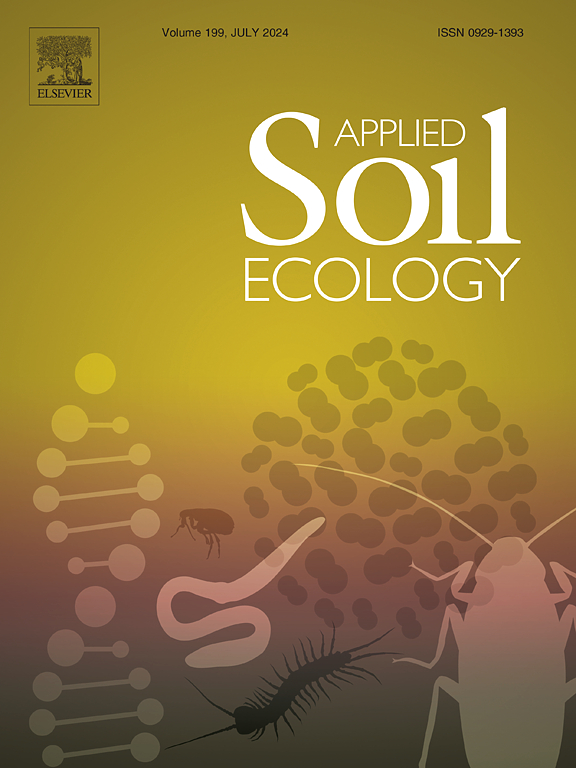Long-term nitrogen and phosphorus fertilization improved crop yield by influencing rhizosphere nitrogen transformation processes
IF 4.8
2区 农林科学
Q1 SOIL SCIENCE
引用次数: 0
Abstract
Soil nitrogen (N) transformation plays a crucial role in enhancing farmland productivity. However, the impacts of long-term N and phosphorus (P) fertilization on soil N transformation and crop yield in farmland remain unclear. This study investigated the mechanisms by which crop root exudates, microbial N function genes, and soil N transformation characteristics influenced crop yield under different N and P fertilization regimes over 26 years. The results revealed that long-term N and P fertilization significantly increased millet root exudates and soil nutrient contents. Specifically, dicarboxylic acid exudates, total N, and ammonium N prominently affected the composition of microbial N function genes. Moreover, N and P fertilization markedly increased the abundance of genes responsible for soil N fixation and nitrification. The abundance of soil nitrification (amoA1, amoA2, and nxrA) and ammonification (ureC) functional genes substantially influenced soil nitrification and N mineralization rates. Enhanced soil N transformation rates facilitated N uptake of millet, and crop yield increased with the increasing of soil N transformation rates and nitrification genes abundance. Essentially, long-term N and P fertilization increased crop yield mainly by enhancing the root organic acid exudates, increasing the abundance of functional genes such as amoA2, nxrA, and ureC, and elevating soil available N content. This study emphasizes the importance of the rhizosphere N transformation process for the sustainable agricultural development of the Loess Plateau region.

求助全文
约1分钟内获得全文
求助全文
来源期刊

Applied Soil Ecology
农林科学-土壤科学
CiteScore
9.70
自引率
4.20%
发文量
363
审稿时长
5.3 months
期刊介绍:
Applied Soil Ecology addresses the role of soil organisms and their interactions in relation to: sustainability and productivity, nutrient cycling and other soil processes, the maintenance of soil functions, the impact of human activities on soil ecosystems and bio(techno)logical control of soil-inhabiting pests, diseases and weeds.
 求助内容:
求助内容: 应助结果提醒方式:
应助结果提醒方式:


